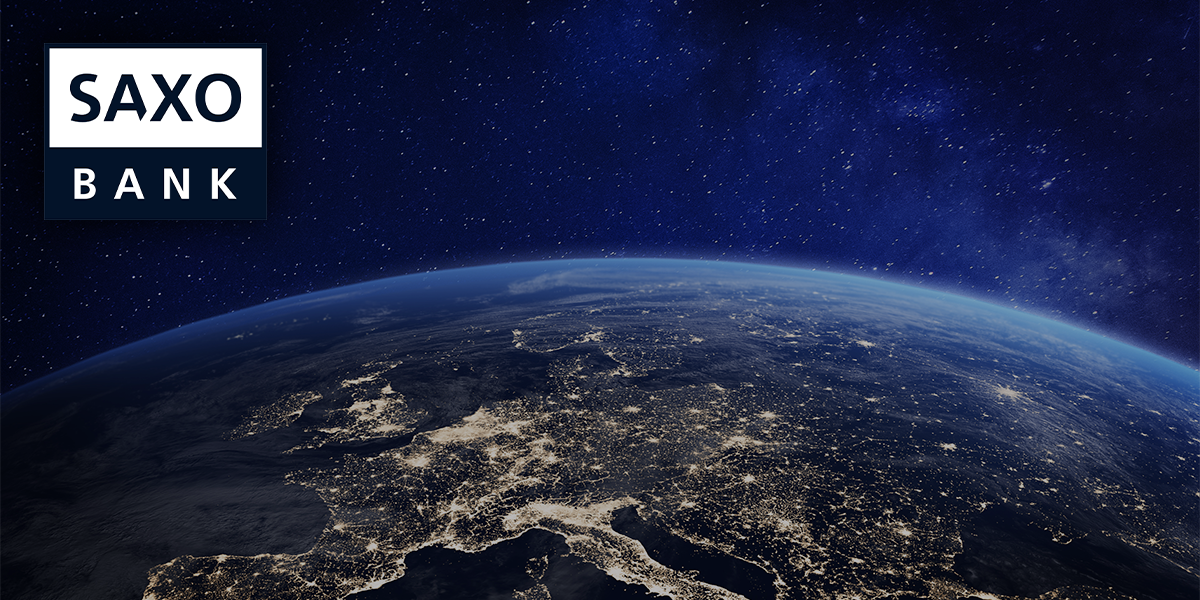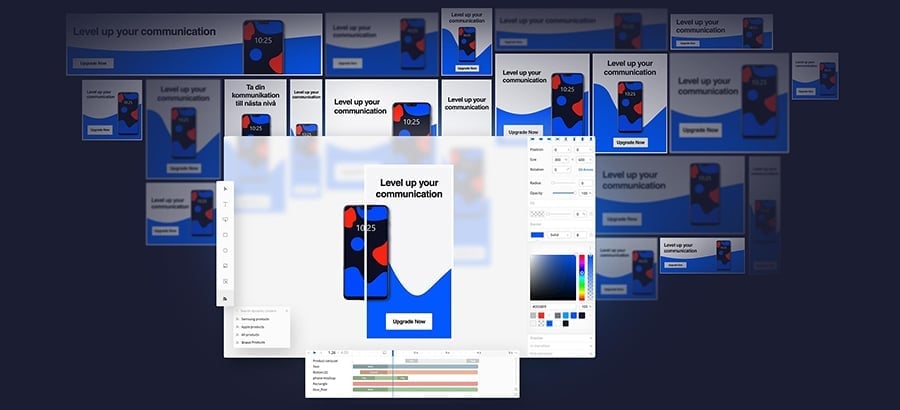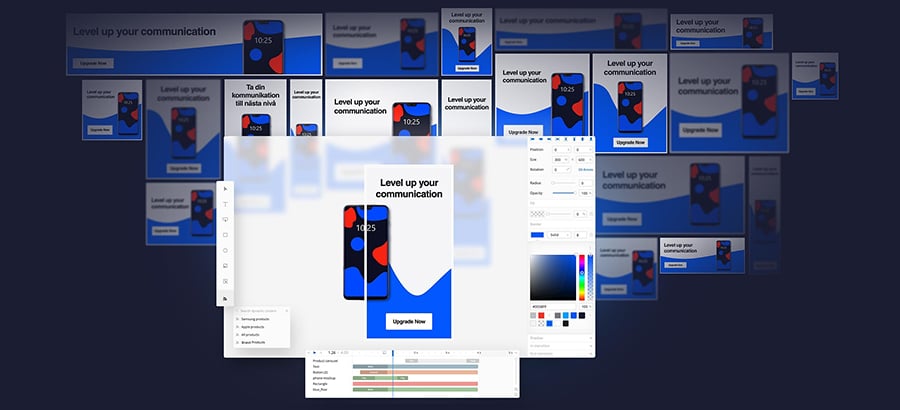
Six reasons why social media advertising is better than traditional advertising
Achieving marketing excellence for a brand now demands the involvement of social media advertising. Both users and ad expenditure in this space are rising astronomically around the world. In fact, a DataReportal study revealed there were 4.62 billion social media users in January 2022 – equating to 58.4% of the global population.
Therefore, it’s little wonder that worldwide social media ad spend is set to hit $173,988 million in 2022, according to Statista figures. It’s also expected to grow at a CAGR of 9.77% over the next four years and reach a market volume of $252,569 million by 2026.
In this article, we consider what social media advertising means, explore how it differs from traditional methods, and discover how it could transform your brand’s marketing strategy.
What will our social media advertising vs traditional advertising guide cover?
- What is meant by social media advertising?
- Top six reasons to use social media ads
- Better brand awareness
- Audience targeting
- Greater ROI
- Increased agility
- Direct link to purchase
- Tech tools and capabilities
What is meant by social media advertising?
Social media advertising can be defined as a key component of a digital marketing strategy that utilises the prominence of social media platforms. Key social media platforms used for this type of advertising include:
- TikTok
- YouTube
Each social media platform has its own characteristics and demographics. For example, Pinterest has a largely female base and focuses on lifestyle content, while LinkedIn is business oriented. Facebook has the largest user base, hovering at around 2.9 billion monthly active users at the start of 2023.
Social media advertising is interactive as the audience can engage with ads, allowing brands to measure KPIs and consumer sentiment. This makes it easy to optimise and improve ads.
What is traditional advertising?
Traditional marketing refers to offline advertising, such as direct mail, print ads, broadcast, telemarketing, window displays, and billboards. Although it predates the Internet, it still has a vast reach. What is traditional media, if not pervasive? You can find its presence everywhere from TV commercials and newspapers to the sides of buses and flyers handed out on the street.
The traditional media definition of advertising comprises established channels, including audio and visual platforms, as well as word-of-mouth referrals. This type of offline advertising suits older, less tech-savvy audiences and people who don’t use digital devices often, if at all.
Traditional advertising relies on data from market studies, including consumer surveys and focus groups. These sources of information can take significant amounts of time to prepare and collate. Traditional market research risks becoming quickly outdated.
The key differences between social media and traditional advertising
Social media advertising concentrates on interaction in a digital space, while traditional advertising has a different focus. Offline marketing builds its strategies around print media such as newspapers or magazines, physical displays, radio, and TV ads.
Although both methods have the same aims – to get products and services in front of people who are going to buy or use them – the goal in each instance is approached differently. Traditional media relies on general assessments from market research, whereas social media advertising is data-driven. Traditional marketing’s reliance on manual data makes it more prone to human error.
Traditional media takes time to plan, create, and deliver. It’s static by nature, unlike dynamic social media ads which can be optimised in real time by changing images, text and audio.
Social media advertising is more responsive and targeted to the audience. Traditional ads can reach more people, but the relevancy of this audience isn’t guaranteed. Plus, social media is easier to track, test, and report. This measurability makes it the perfect media to respond quickly, optimising messages and visual elements in real-time. Ultimately social media advertising is more cost-effective.
To summarise, the traditional marketing definition covers:
- Offline mass media platforms (eg. direct mail, TV, radio, newspaper, and street ads)
- Relies on physical ad space and materials
- Interruptive advertising pushed in front of a wide audience
- Wide reach but less segmentation for targeting
- Uses traditional KPIs (eg. in-store foot traffic, number of sales, etc)
The features of advertising on social media explained in a nutshell:
- Detailed first-party data
- Hyper-targeting based on demographics and behaviour
- Contextual targeting
- Dynamic – can optimise in real time
- Retargeting warm leads
- Direct interaction with the consumer
Top six reasons to use social media ads
1. Better brand awareness
With social media user numbers climbing above 50% of the world’s population, there’s a vast opportunity for your brand to increase awareness about what it does and what it’s about.
Social advertising allows a marketing team to easily see what sets a business apart from the competition and quickly spread the word to people who are interested in your services.
Communication with your audience is far easier in a digital context and can better help you convey your brand messaging to the relevant audience to build a desired reputation.
2. Audience targeting
Although traditional advertising can reach large numbers of people to increase brand awareness – it often can’t do this on a global scale, or in a targeted way. In short, who views these ads could be random.
Yes, it’s possible to place ads in publications with a defined audience or pay for radio and TV ads during more relevant shows, but social media advertising can be far more specific.
Through the use of data, software and tools, it’s possible to discover specific age, location and characteristics of your audience and create social ads based on these findings. Not only that, but demographic data can help your creative team drill down even further into which social media platforms your audience uses.
For instance, in our ultimate guide to social media advertising, we found that 65% of Facebook users are under the age of 35 and more men use the platform than women. Meanwhile, 63% of Twitter users are aged between 35 and 65.
The data you collect about your audience can also help with your influencer marketing via social platforms. Choosing relevant influencers your audience can trust, relate to and engage with could be key to the success of ads you place with them.
3. Greater ROI
The return on investment (ROI) for your social media output will depend on the KPIs you set. It might be converted sales or newsletter sign-ups.
However, when you create a well-planned strategy and set achievable goals, it’s possible to get great ROI on your social ad spend.
By comparison, traditional marketing can feel less affordable and the commitment is much longer term due to the expense. Social media advertising can cost less and is more data-driven so it can be tailored to your goals from the outset.
4. Increased agility
The ability to be more agile is a huge selling point of social media advertising. Traditional advertising can be rigid, involving long-term commitments and contracts that aren’t usually flexible. Ads are also typically static, so once the messaging is out in the world, there’s little scope for adaptation.
This is the opposite of the agility that comes with digital advertising. It’s possible to be reactive to current affairs or trending topics – and with the right tools, you can come up with an idea in the morning and push an ad live by lunchtime. After which, you’ll have a great view of ad performance thanks to data insights.
It’s easier to see what’s working over a shorter time, which means you can swiftly adapt your creatives if something isn’t landing in the way you wanted it to.
5. Direct link to purchase
One of the hot social media advertising trends for 2022 is the use of shoppable posts and in-stream shopping. In comparison, traditional static ads create more of a disconnect between the ad itself and the physical interaction with your brand.
Shoppable posts and in-stream shopping are on the rise and make for a more direct route for your consumers to purchase with you.
Data from Insider Intelligence shows the number of social commerce shoppers is expected to reach over 100 million by 2023 – a growth area that could be worth targeting.
6. Tech tools and capabilities
The power of technology, the correct software and tools, cannot be underestimated when it comes to comparing traditional ads with their social media counterparts.
By using a premium ad creator, such as Bannerflow, it’s possible to automate ad production and roll out creative across platforms, in numerous markets and multiple languages at scale. This means your marketing experts can target more people, in more locations in far less time.
This has many additional benefits, including being able to personalise with dynamic HTML5 placements with ease while increasing ROI through cutting costs.
One brand that has benefitted from this powerful tech is Storytel, a market-leading audiobook and ebook streaming service. Storytel operates across 20+ markets, offering a service that’s localised to each – and it now uses Bannerflow in-house for all of its ad creatives, including social assets.
Key takeaways
There are clear and tangible positives to come from incorporating social media advertising into your marketing strategy. Whether it’s to be more agile, provide ample opportunities for consumers to shop with your brand, or to gain more insights for a better customer experience.
But does it have to be a case of one or the other? Approaching your strategy holistically according to your business and learning how your audience operates will offer invaluable information as to how they want to be reached. A mixture of the traditional and the digital could be the recipe for the success you’ve been seeking.
However, there’s little doubt about the benefits social media advertising can bring to your brand’s ROI – and this can be further enhanced by using the right tech and tools.
Want to see how automating the production of your creative could work for your brand? Discover more about the Bannerflow product and book a demo to experience our platform in action.
Share this article







